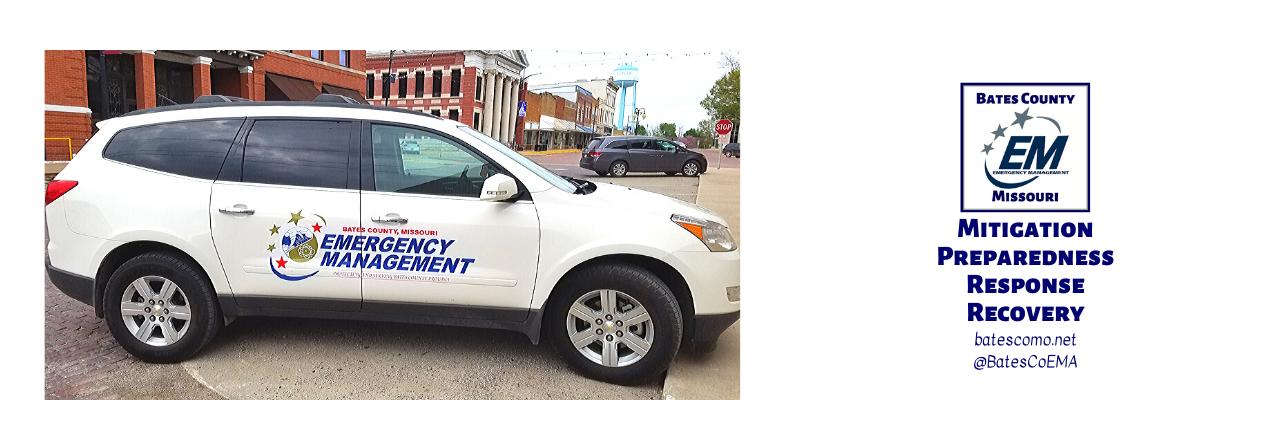Governor Parson Announces Activation of First Tier of Phase 1B of Missouri’s COVID-19 Vaccination Plan
(JEFFERSON CITY, MO) – Today, Governor Mike Parson announced the activation of Phase 1B – Tier 1 of Missouri’s COVID-19 Vaccination Plan.
Federal partners have informed the state that they plan to significantly increase vaccine supply next week and that individuals 65 and older and those with comorbidities should be prioritized. This news allows the state to begin the process of activating Phase 1B tiers.
“Beginning the activation of Phase 1B is all about saving lives and protecting those most vulnerable to exposure and illness from this virus,” Governor Parson said. “We are looking forward to increased vaccine supply in the coming weeks as supply is the leading factor that dictates our movement through our plan. The more supply we receive, the quicker we can reach our goal of making vaccines available to every Missourians who wants one.”
The activation of Phase 1B – Tier 1 reflects the guidance the state has received from federal partners as well as information gathered from stakeholders across the state. Phase 1B – Tier 1 is activated today, and Phase 1B – Tier 2 will be activated on Monday, January 18.
Tier 1 of Phase 1B focuses on protecting those who keep Missourians safe, including law enforcement, fire service, and public health professionals, among others.
Tier 2 of Phase 1B focuses on protecting those who are at increased risk for severe illness, including individuals aged 65 and older and any adult with cancer, chronic kidney disease, COPD, or intellectual and/or developmental disabilities such as Down Syndrome, heart conditions, a weakened immune system due to organ transplant, severe obesity, pregnancy, sickle cell disease, or Type 2 Diabetes Mellitus.
“We recognize and appreciate that there are a variety of individuals on the frontlines who have a greater risk of exposure each day they go to work,” Governor Parson said. “We are grateful for the tireless and selfless efforts of our health care providers and first responders who risk their own safety to protect the health and well-being of Missourians.”
Missouri Department of Health and Senior Services (DHSS) Director Dr. Randall Williams issued a statewide health order today regarding the vaccination of individuals in Phase 1A, Phase 1B – Tier 1, and Phase 1B – Tier 2. The order outlines who can be vaccinated as part of the state’s determined phases and applies to those administering the federally-funded COVID-19 vaccines. To view the order, please see attachment.
Although initial tiers within Phase 1B are being activated today and Monday, there are currently not enough vaccines for everyone included in these groups. As additional supplies arrive, this activation will allow for the greatest vaccine coverage where it is most needed. It will also allow vaccinators and organizations to continue planning effectively for future tiers and phases.
Like this:
Like Loading...



